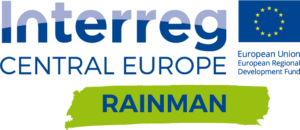Tool RISK COMMUNICATION
Why communicate risks?

Communication of risks and thereby raising awareness are important precautionary components of an integrated heavy rain risk management. Municipalities need to disseminate and explain information from hazard analysis and risk assessment to those at risk. Also, possibilities and limits of measures to reduce heavy rain risks need to be communicated. Without communicating the risks of heavy rain, those affected cannot understand them sufficiently, cannot act accordingly or implement risk reduction measures. Some may not be aware of them at all!
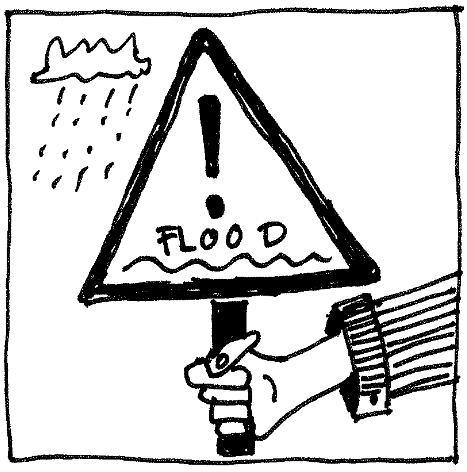
What needs to be communicated?
Risk communication measures serve to raise awareness of various issues. You must therefore define the information you want to communicate precisely. The combination of the content with good practice examples and success stories will motivate affected persons and institutions to reduce the risks and provide incentives. On the one hand, the various target groups should be made aware of possible hazards and understand the risks. It must be clear where problems exist and who is affected. On the other hand, it must also be shown which actions can be taken to minimise the risk and which risks cannot be avoided.
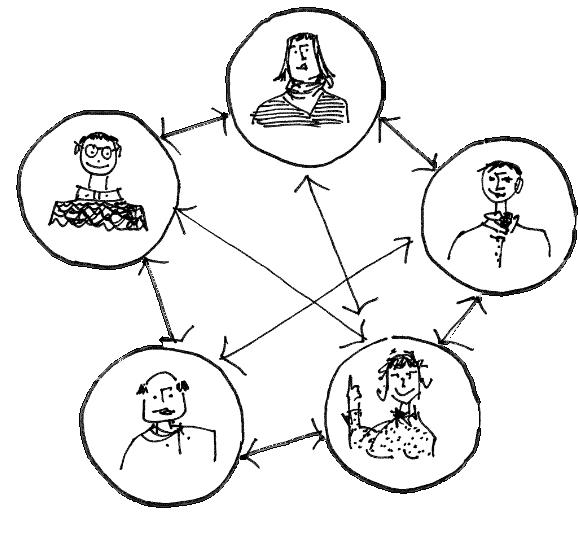
Whom to talk to?
Heavy rain risks affect many people and institutions from various disciplines. Therefore it is essential to tailor risk communication activities to different target groups. Think about who you want to reach with your messages and choose a target group-specific format and target group-specific information medium. Target groups can be, for example: private persons, house owners, employees in administration (not familiar with the subject), companies, politicians, farmers, forestries. Remember that these groups are affected differently, for example old persons or small children are more vulnerable to heavy rain risks than others.
Which measures are suitable?
We distinguish four activities in which general approaches to risk communication and public relations work are described. Different activities should be combined in a risk communication strategy or for an information campaign. But be aware that you need to further specify them in your context. As examples and for your inspiration see also the activities implemented in RAINMAN pilot actions below.
Visualisation is an effective way of pointing out dangers to affected persons and institutions.
Maps indicate the specific hazard and risk on site and could be provided on the municipality’s online portal for example. Easily understandable instructions and information for the interpretation of the maps are necessary. A contact person should be named for questions and explanations. Knowledge of the existing hazards and risks helps in selecting preventive measures and supports the correct behaviour in the event of a heavy rain event. If a hazard and risk map is not available other measures should be taken into account, for example contacting affected persons and institutions.
In addition, there are various other ways of drawing attention to the specific risk situation on site, for example by installing billboards at locations that have been damaged during past heavy rain events or where measures have already been taken.
Find more information in the tool “ASSESSMENT and MAPPING”.
Easily understandable and accessible information is important to raise flood risk awareness and support the implementation of private risk reduction measures.
Information can be made available as reading materials, for example in print products (handbooks, guidelines, brochures, flyers) or on online plattforms. The products should be differentiated according to content and tailored to a specific target group, e.g. citizens, homeowners, companies, forestry, agriculture, etc. A large number of high quality information materials have already been developed by various actors. The use of existing products should therefore be checked.
Easy access to the information needs to be guaranteed, i.e. on a central platform or place. Additionally, public relation and media work support the distribution of information.
To increase the knowledge on heavy rain risk management different forms of interactive events and participation formats can be organised, depending on the specific target group.
The objectives of interactive events for specific target groups can range from one-way information transfer over mutual exchange of information to actual participation, in which the target groups are actively involved in decision processes. The format of the events can be exhibitions, information events, workshops, training sessions, or individual consulting services, all with the objective to pass on the necessary information, develop new competences and enhance better informed decision making to reduce heavy rain risks.
An event or a participatory process could focus on, for example, the explanation of mapping activites and results, the identification of possible risk reduction measures and the explanation of best practice examples. In addition, events also serve as networking and learning from each other. The integration of heavy rain risk specific contents into existing and well-known events or formats or the combination with other topics is possible.
Interactive events and participation formats vary from several hundred participants in major events to single participants in individual consulting services.
Risk communication activities in education can help to increase awareness and knowledge of risks in the future. The younger generations are particularly important for the future development of dealing with heavy rain risks. In addition, they are already exposed to the dangers today.
Recommendations for successful risk communication
Dos:
- Regular communication is important to maintain awareness between events.
- Be innovative! Choose innovative information formats and provide the information in an interesting way.
- Think about which multipliers you know from the different target groups and whom you can involve in your activities.
- Target the information at specific addressees and target groups!
- Pay attention to the clarity of the information provided! Use a clear and target-group-specific language. An easily understandable language is important if the target group is not familiar with the subject.
- Show that you support the respective target group with the information provided!
- Show what can be done to reduce the risks and motivate to implement measures! Use good and concrete practical examples to demonstrate the possibilities of heavy rain risk management.
- Point out uncertainties!
- Link your public relations work on heavy rain with other relevant topics, such as flood risk management.
- Combine different communication measures and develop a communication strategy.
- Monitor and evaluate the measures taken in order to improve them in the future.
Don’ts:
- Don’t forget: Heavy rainfall can occur anywhere and with only a short warning time!
- Do not stir up fears but make it clear that the danger is real.
- Don’t forget your target audience: adapt your language to the recipient !
- Avoid overloading your target groups with requests, as this will limit their willingness for participation.
- Do not choose the topic of your communication activity too broadly and do not pack too many topics into one activity.
Where to find more information and inspiration?
For the design of successful risk communication in heavy rain risk management, there are already some guidelines and handouts in various countries that can support and inspire you in designing your risk communication.
- Federal Ministry Republic of Austria – Sustainability and Tourism (2018): Hochwasserrisikomanagement in Österreich. Ziele – Maßnahmen – Beispiele [pdf; 7.0 MB] – A brochure on instruments and responsibilities of flood risk management in Austria with practical examples. In chapter 4, general recommendations on the topic of risk communication are given.
- Prutsch, A., Glas, N., Grothmann, T., Wirth, V., Dreiseitl-Wanschura, B., Gartlacher, S., Lorenz, F. & Gerlich, W. (2014): Klimawandel findet statt. Anpassung ist nötig. Ein Leitfaden zur erfolgreichen Kommunikation. Federal Environment Agency, Vienna [pdf; 8.9 MB] – General guidelines for communicating climate change adaptation and its approach, contents, target groups and possible instruments with examples also beyond Austria.
- Federal Ministry Republic of Austria – Agriculture, Regions and Tourism: Website with information and awareness raising on flood hazards (in German language only)
- CO DĚLAT PŘI POVODNÍCH? [pdf; 9,4 MB] – This website serves as a support for flood situations, especially for smaller municipalities in the Czech Republic; A brochure with practical information for municipalities to enhance their awareness, there are 3 main chapters: 1. PREVENTION AND PREPAREDNESS, 2. RESPONSE TO FLOOD, 3. RESTORATION OF THE AREA AFTER THE FLOOD.
- PEOPLE IN NEED Czech Republic: ŽIJEME V ZÁPLAVOVÉM ÚZEMÍ [pdf; 4 MB] – Publication with instruction for people suffered from all type of floods in the Czech Republic.
- JAK PRŠOTEK DEŠŤOVÉ KAPKY ZACHRÁNIL [pdf; 10 MB] – This publication seeks to contribute in the form of fairy tales to the youngest in the framework of approaches to rainwater issues.
Selected guidelines from Croatia that address the issue of risk communication:
- FRISCO1 (Flood RIsk Slovenia-Croatia Operations 1): “Cross Border Harmonized Slovenian-Croatian Flood Risk Reduction – Strategic Project 1 – Non-Structural Measures”. The strategic project aims at reducing flood risks in the cross-border basins of the Dragonja, Kupa/Kolpa, Sutla/Sotla and Bregana Rivers and parts of the cross-border basins of the Drava and Mura Rivers, implemented under the Cross-Border Cooperation Programme INTERREG VA Slovenia – Croatia 2014-2020. The work package “communication” also includes activities to raise the population’s awareness.
Selected guidelines from Germany that address the issue of risk communication:
- Federal/State Working Group on Water (LAWA) (2018): LAWA-Strategie für ein effektives Starkregenrisikomanagement [pdf; 1.8 MB] – This guide contains an overview of the general principles of heavy rainfall risk management as well as recommendations and options for action at all levels with practical examples from local authorities. The topic of risk communication at local authority level is addressed in the chapter “Communicating information and knowledge”.
- Federal Environment Agency (2018): Vorsorge gegen Starkregenereignisse und Maßnahmen zur wassersensiblen Stadtentwicklung – Analyse des Standes der Starkregenvorsorge in Deutschland und Ableitung zukünftigen Handlungsbedarfs. Abschlussbericht [pdf; 5.9 MB] –
Based on the current status of heavy rainfall precautions in Germany, this guideline provides recommendations for action, which also include the issue of risk communication (see Chapter 5.2). - Association of Engineers for Water Management, Waste Management and Cultural Construction (BWK) e. V. (Ed.) (2013): Starkregen und urbane Sturzfluten – Praxisleitfaden zur Überflutungsvorsorge. BWK-Fachinformation 1/2013 [pdf; 3.3 MB] – A guide to flood prevention at the municipal level with recommendations for municipalities on the topic of risk communication and related guiding questions (see Chapter 5).
- Metropolitan region Bremen-Oldenburg (2016): Leitfaden zur Starkregenvorsorge. Ein Nachschlagewerk für Kommunen der Metropolregion Nordwest [pdf; 9.3 MB] –
A practical guide to flood prevention especially for municipalities in the Northwest Metropolitan Region with the topic of risk communication and public relations in Chapter 6.
Selected guidelines from Poland that address the issue of risk communication:
- Government Centre for Security: poradnik_powodz1 [pdf; 768 KB] – Guide prepared by the Government Centre for Security containing information and advice on flood hazards, including threats caused by heavy rain events.
- City in the rain: Miastowdeszczu-broszura [pdf; 2.91 MB] – Information brochure of the project ‘Development of information and warning systems for hazards, in particular floods hazard for Gdańsk and Sopot.’ The aim of the project is to build a modern, uniform and fully digital alarm system together with a hydrological monitoring system and atmospheric precipitation monitoring system, which allow for effective information about the flood risk to as many inhabitants as possible. Project website: http://www.miastowdeszczu.pl/#miasto-w-deszczu.
- Federal Ministry Republic of Austria – Sustainability and Tourism (2018): Flood Risk Management in Austria. Objectives – Measures – Good practice [pdf; 7.0 MB] – A brochure on instruments and responsibilities of flood risk management in Austria with practical examples. Chapter 4 gives general recommendations on the topic of risk communication.
- Cabinet Office (2011): Communicating risk guidance [pdf; 4.0 MB] – This guideline of the UK governance gives a general toolkit in seven steps for planning and designing a communication strategy in risk management.
- Environment Agency (2015): Public dialogues on flood risk communication [pdf; 2.8 MB] – A report as summary of the general state of knowledge communicating flood risk, including techniques and issues in England and Wales.
- Local Government Association (2015): A guide for communicating during extreme weather [pdf; 0.4 MB] – A guideline to help developing a communication strategy in relation to UK and examples of good practice case studies in the UK.
- European Commission (2007): Good Practice for Delivering Flood-Related Infromation to the General Public [pdf; 6.0 MB] – A review of the current practices and instruments communicating flood related information to the general public and examples of instruments from various european countries.
- TU Dortmund (Ed.) (2011): Planning and implementing communication and public participation processes in flood risk management. Procedural guidelines and toolbox of methods [pdf; 5.76 MB] – The handbook supports local and regional administrations and water authorities to plan their communication and participation process.
OUR STORIES

Get students involved!
"In the RAINMAN project, we set one of our priorities in the development of measures for risk communication on materials for the education sector. The RAINMAN project partners have developed various materials for teachers and students that my team and I have already tested in practice. From our point of view, it is important that the younger generation is also aware of the risks posed by heavy rainfall and learns elements of risk management at an early stage. In this way we help to improve the handling of heavy rain risks in the future and to sustainably change the awareness of the population." (Dr.Eng. Mariusz Adynkiewicz-Piragas, Institute of Meteorology and Water Management, National Research Institute, Poland)
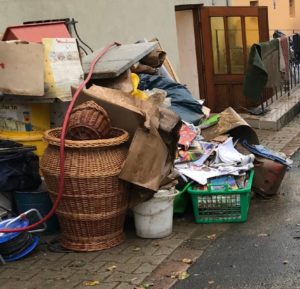
Get in touch with the locals!
"In the course of RAINMAN's project work and the implementation of our pilot action, we have realised how important it is to get in touch with local people and institutions. It became clear that many house owners have flood experiences and have already implemented measures to reduce heavy rain risks, but also that there is still much to be done. We wanted to motivate further house owners to take action. Therefore, we initiated for instance an e-participation offer for house owners where they could share their flood experiences with us. However, we had to realise that it is not easy to encourage people participating in online knowledge exchange formats." (Dr. Sabine Scharfe, Saxon State Office for Environment, Agriculture and Geology, Germany)
FIND more of our stories...
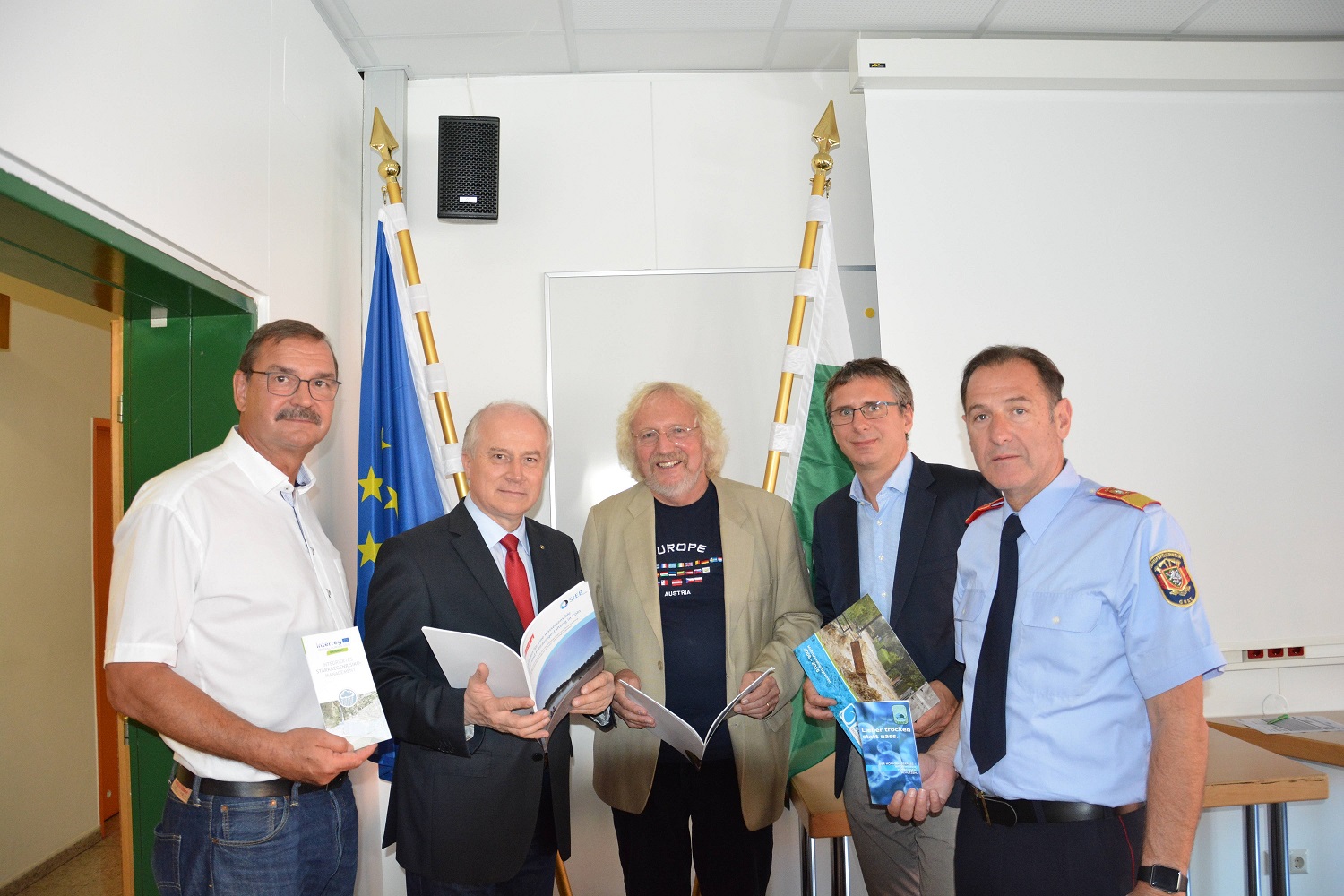
Heavy Rain Risk Check
– How well the City of Graz is prepared for pluvial flood events?
Read more [pdf, 274 KB]
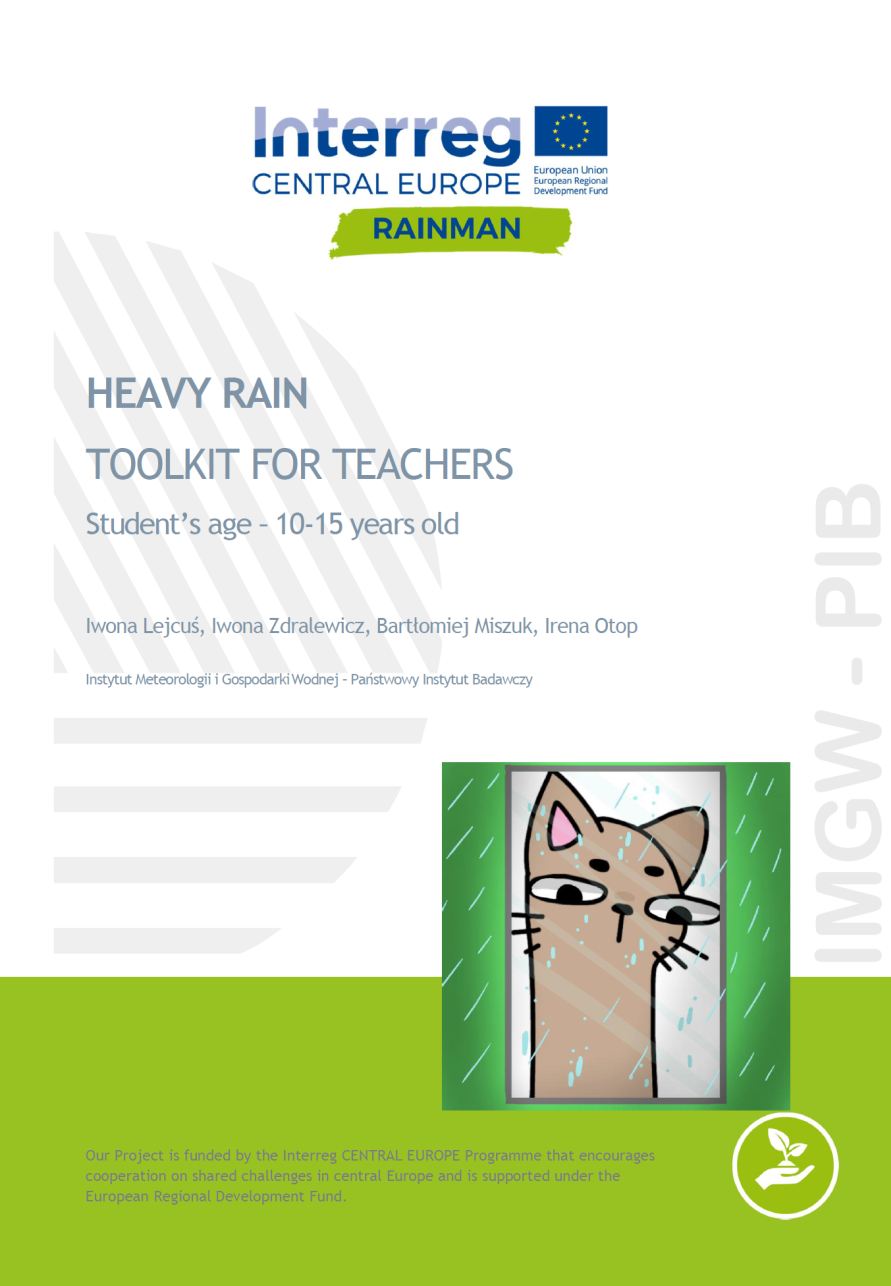
Teaching instruction
– for two lessons
Read more [pdf, 199 KB]
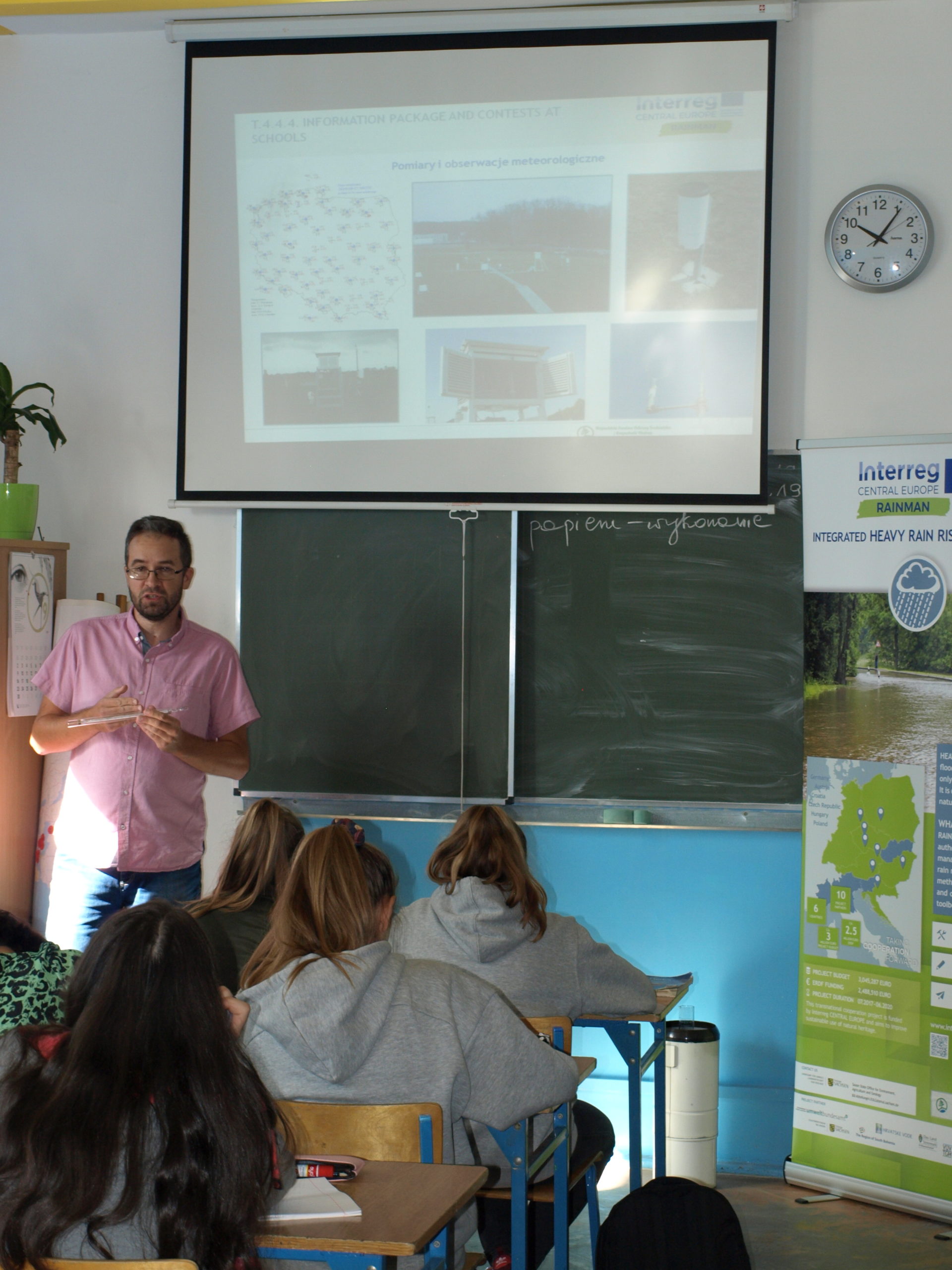
Presentation for lesson 1
– topic “Heavy rain risk”
Read more [pdf, 242 KB]
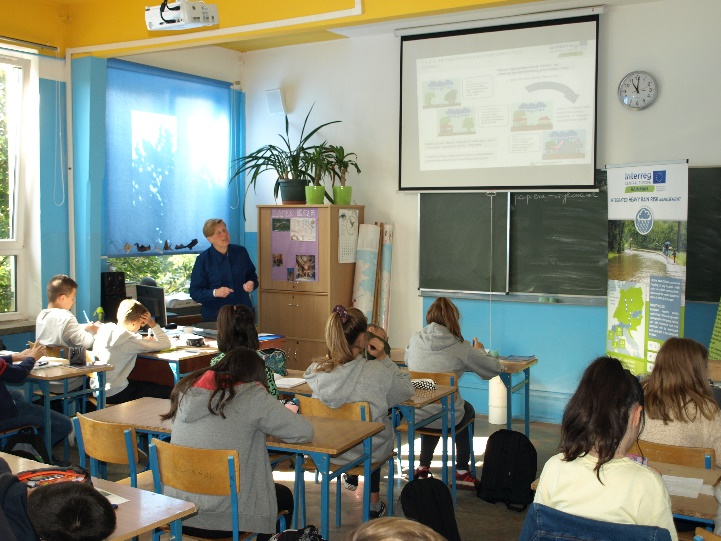
Presentation for lesson 2
– topic “Ways of dealing with floods after heavy rainfall”
Read more [pdf, 253 KB]
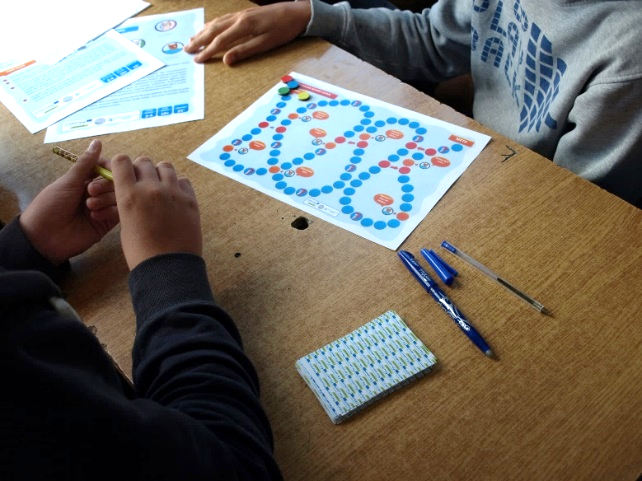
Board game
– with question cards
Read more [pdf, 216 KB]
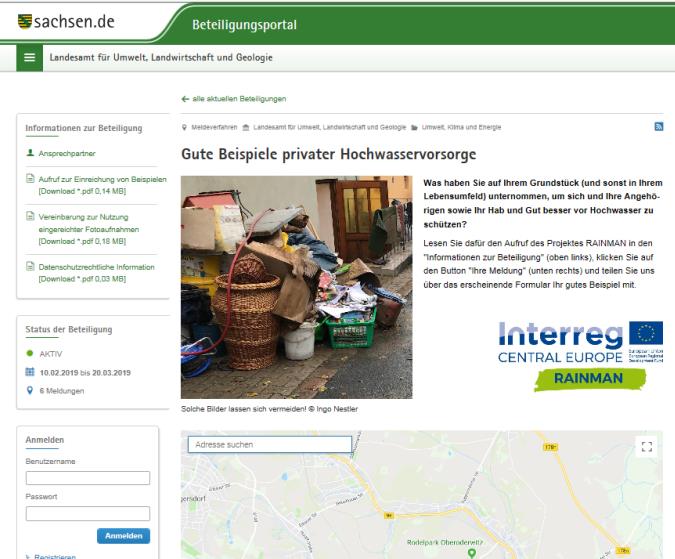
Internet-supported participation opportunities
for identification of damage areas and for private risk prevention measures
Read more [pdf, 648 KB]
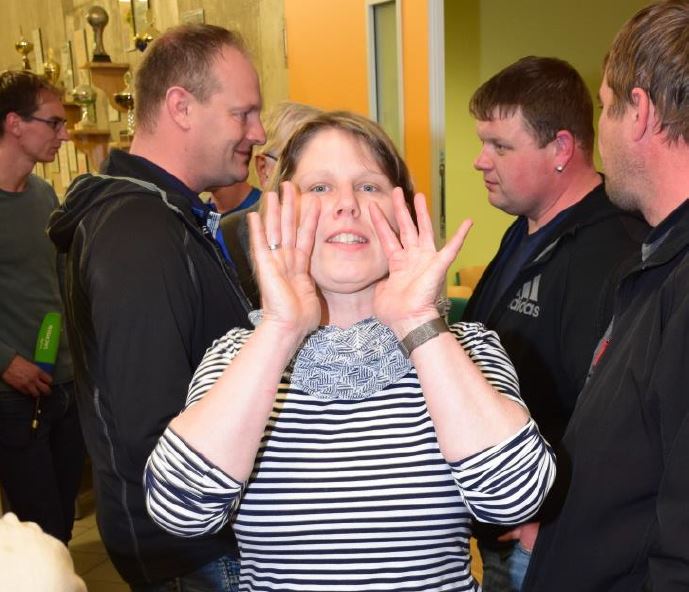
Organisation and realisation of a public information event
about heavy rain in Oderwitz
Read more [pdf, 493 KB]

Accompanying information and dialogue
during implementation of reconstruction and flood prevention measures for increasing risk awareness and acceptance by citizens
Read more [pdf, 849 KB]
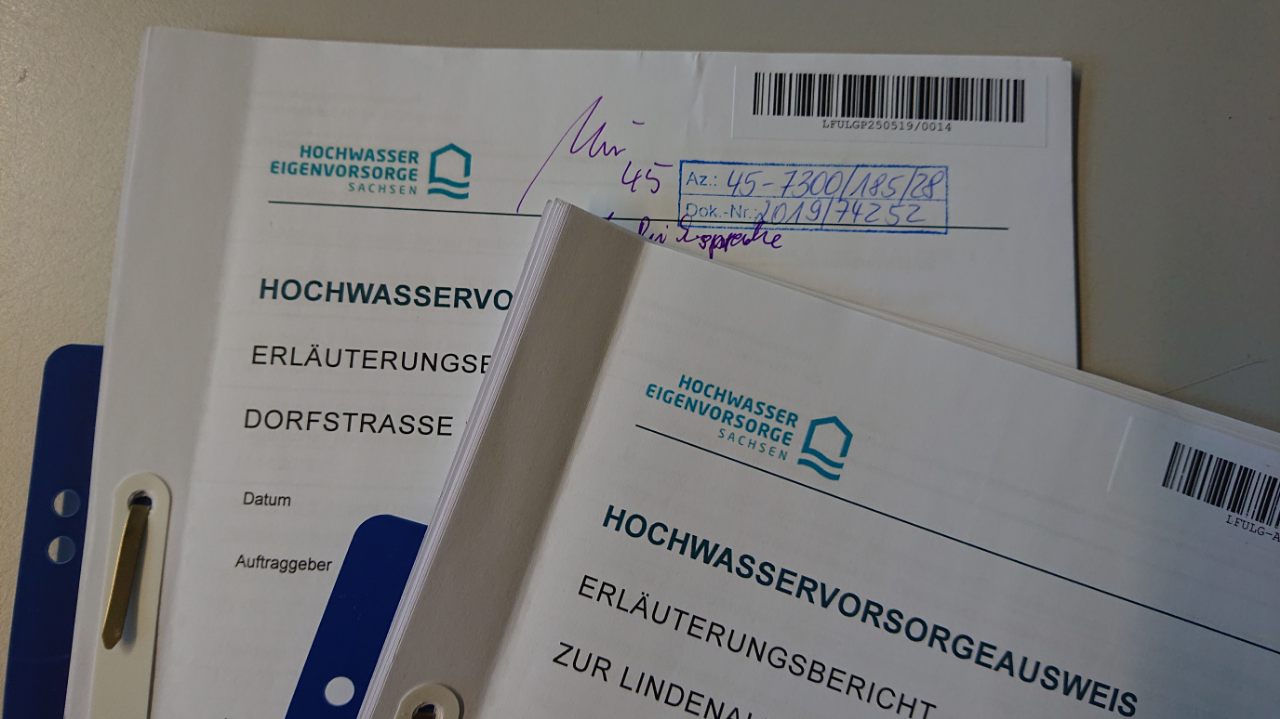
Individual risk assessment
with the use of the flood protection certificate (HWVA)
Read more [pdf, 857 KB]
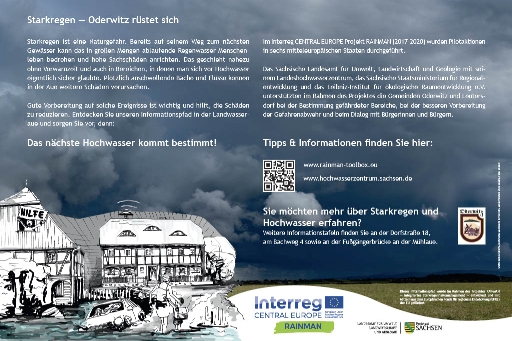
Showing and explaining risk and risk reduction measures in the landscape
− Establishment of a flood trail in Oderwitz
Read more [pdf, 659 KB]
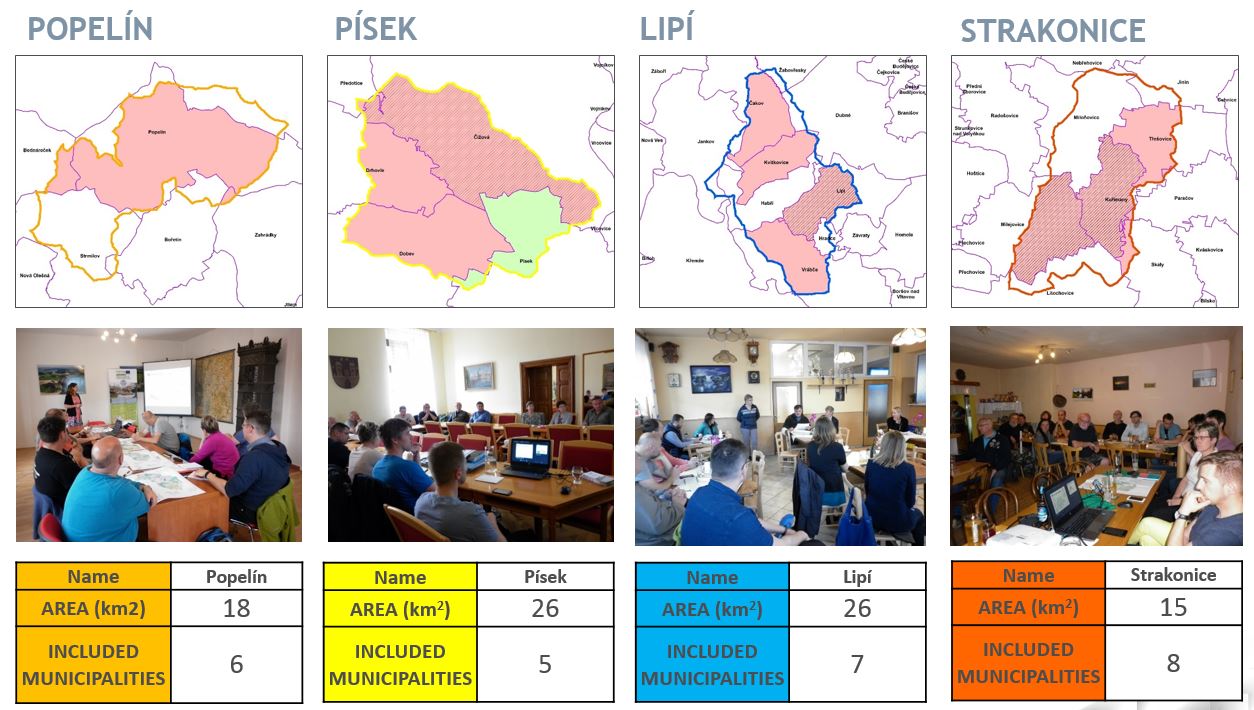
Trainings on implementing the developed tools
within the pilot regions in South Bohemia
Read more [pdf, 297 KB]

Lecture at the University of South Bohemia
Read more [pdf, 294 KB]
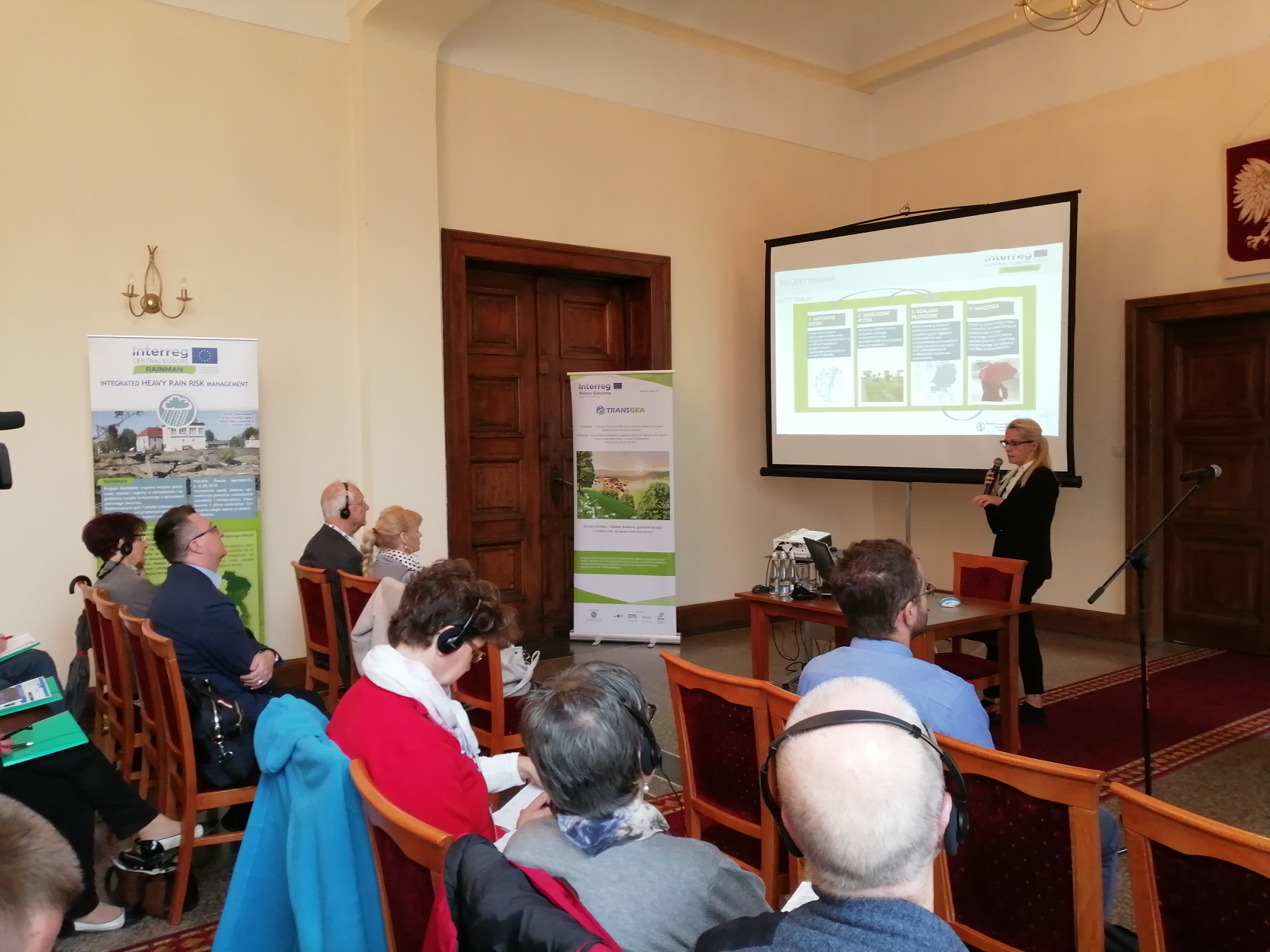
Local scale informative event
– increasing awareness on heavy rain phenomena, together with consequences and mitigation measures at local scale conference of TRANSGEA project
Read more [pdf, 221 KB]
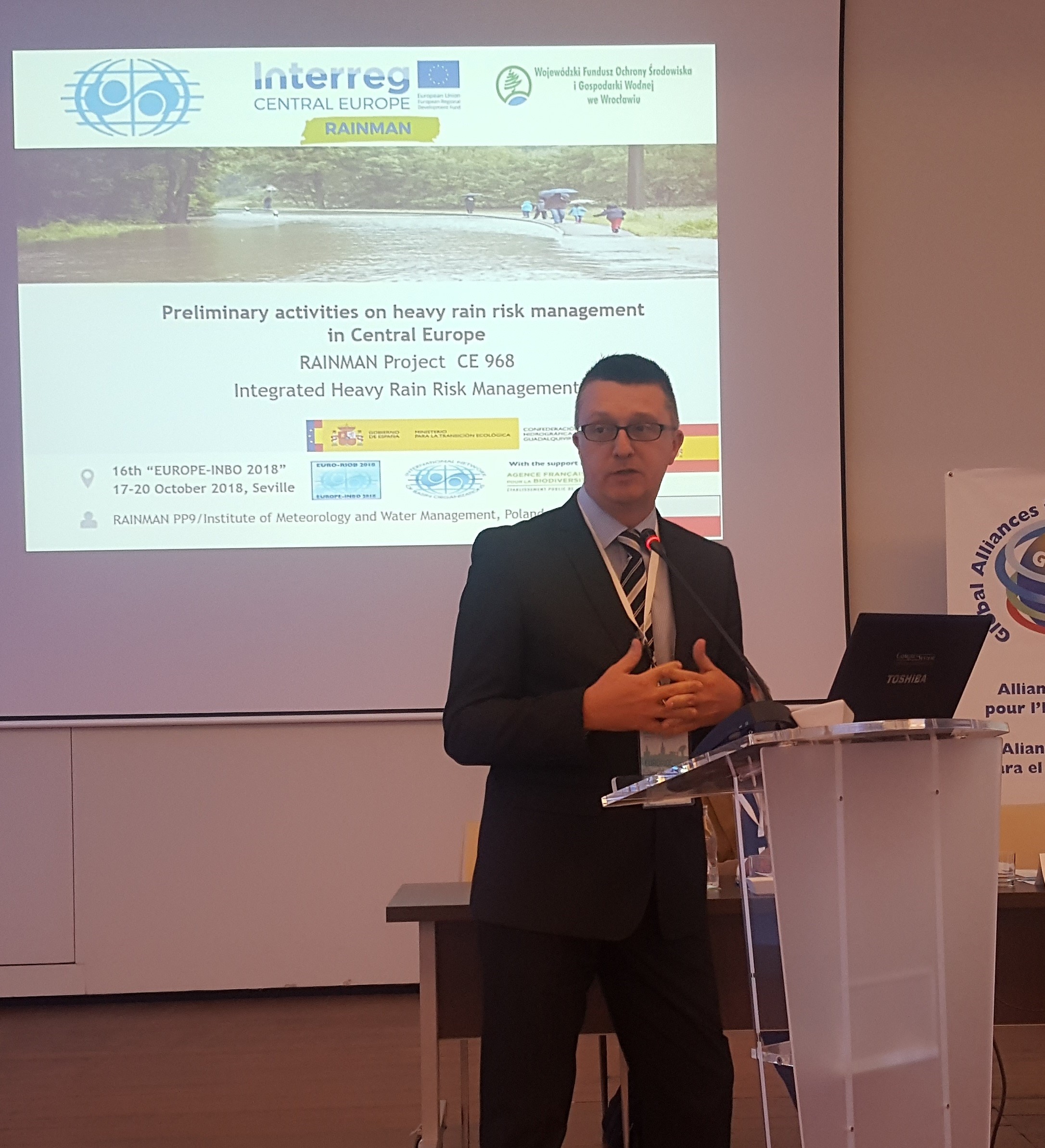
Increasing awareness on heavy rain phenomena, together with consequences and mitigation measures
at a wide scale at the EUROPE –INBO Conferences
Read more [pdf, 214 KB]
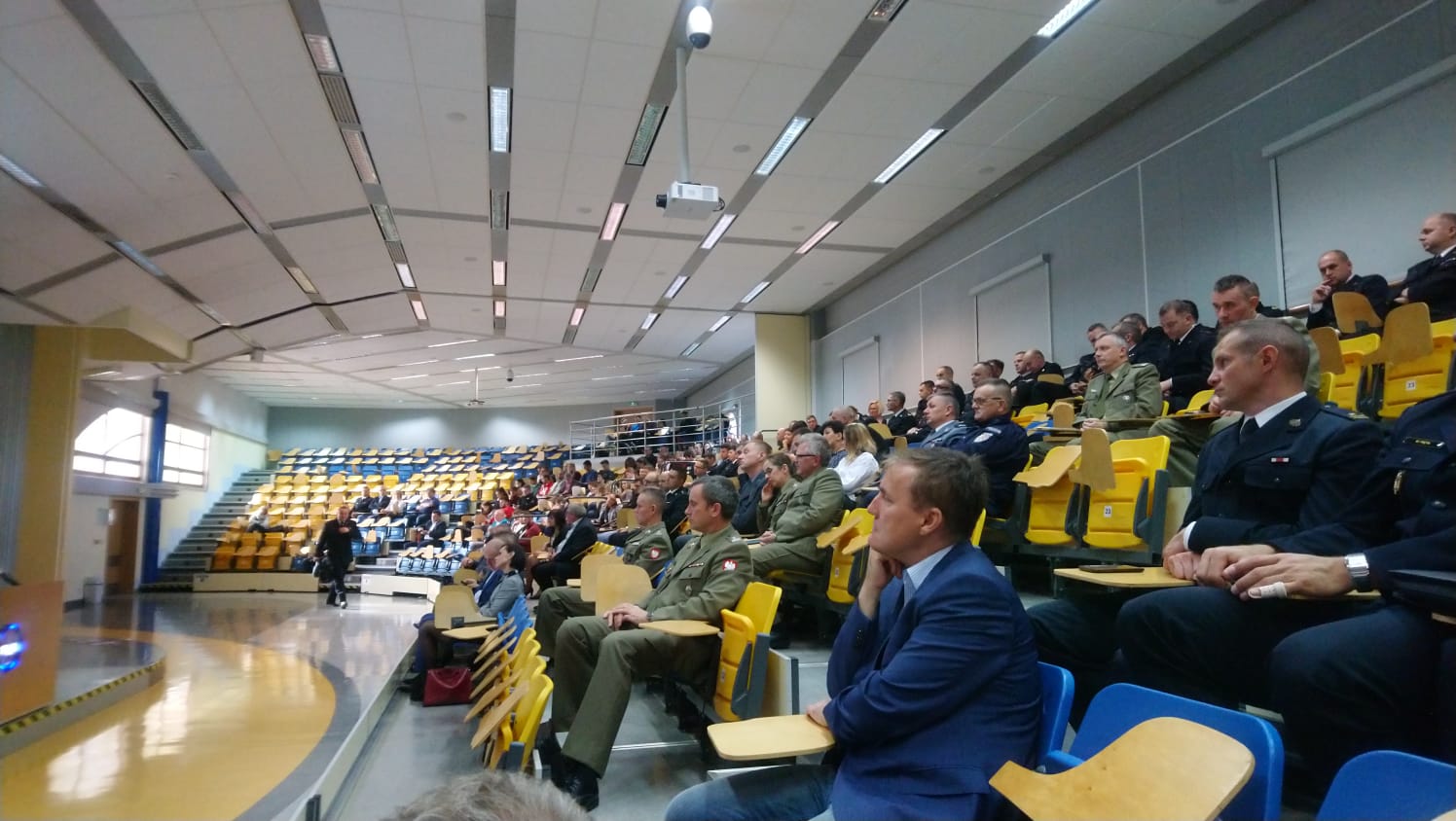
Conference on Integrated Emergency Services in Crisis Situations
– Session I – Innovative solutions in crisis situations
Read more [pdf, 195 KB]
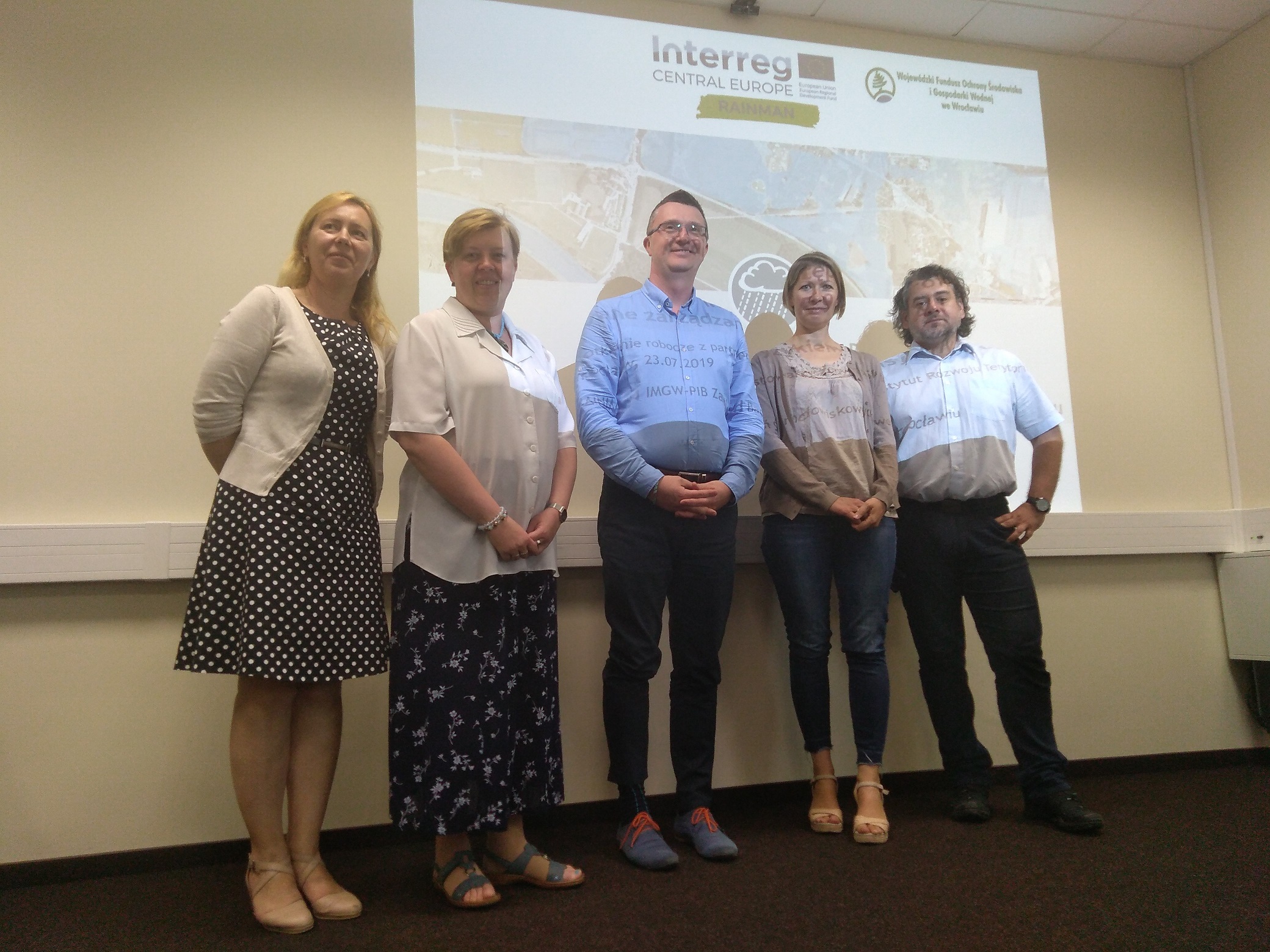
Dissemination meeting
at the Institute for Territorial Development
Read more [pdf, 181 KB]
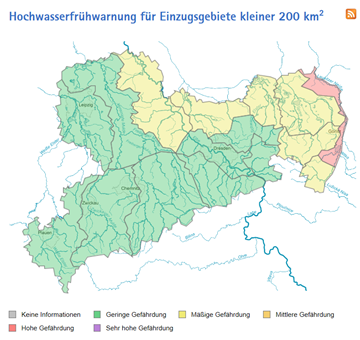
Establishing a (flash) flood early warning system in Saxony
by making end users familiar with it
Read more [pdf, 755 KB]
